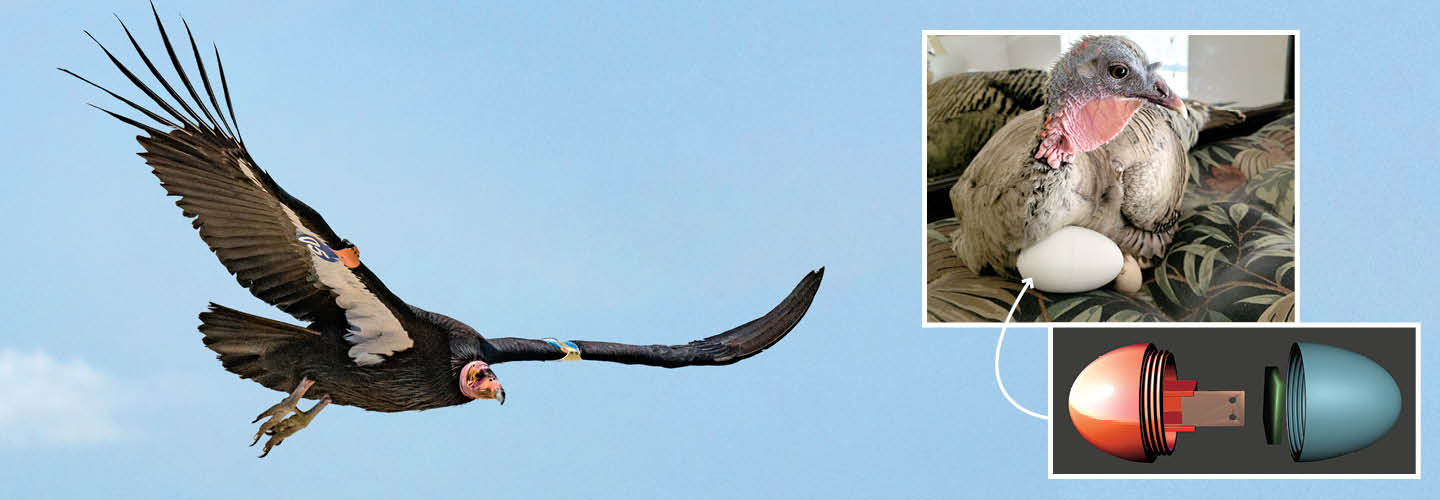For two months this past spring, a pair of California condor parents carefully tended to a single, enormous egg. What the birds, part of a breeding population at the Oregon Zoo, didn’t appear to notice was that the egg was a high-tech fraud. The plastic shell, made with a 3-D printer, contained sensors designed to secretly monitor conditions inside the condors’ nest. The egg tracked the temperature, logged the birds’ egg-turning behaviors, and recorded the ambient sounds. It’s part of an effort to save California condors—which can have a wingspan of nearly 10 feet—from the critically endangered list. Every year when the zoo’s birds lay eggs, the keepers place them into the safety of incubators to protect against potential accidents. The zoo hopes the data it gathers from the dummy egg will allow it to better replicate the natural conditions in the artificial incubators. Says ecologist Scott Shaffer, who helped design the egg: “It’s just a really cool use of technology that will only get better.”

The high-tech egg had a test run with a turkey (right), before a zoo put it in a nest of California condors (like this bird in flight). Jeff Foott/NPL/Minden Pictures (condor); Courtesy of Dr. Constance Woodman (turkey, egg)
Text-to-Speech
